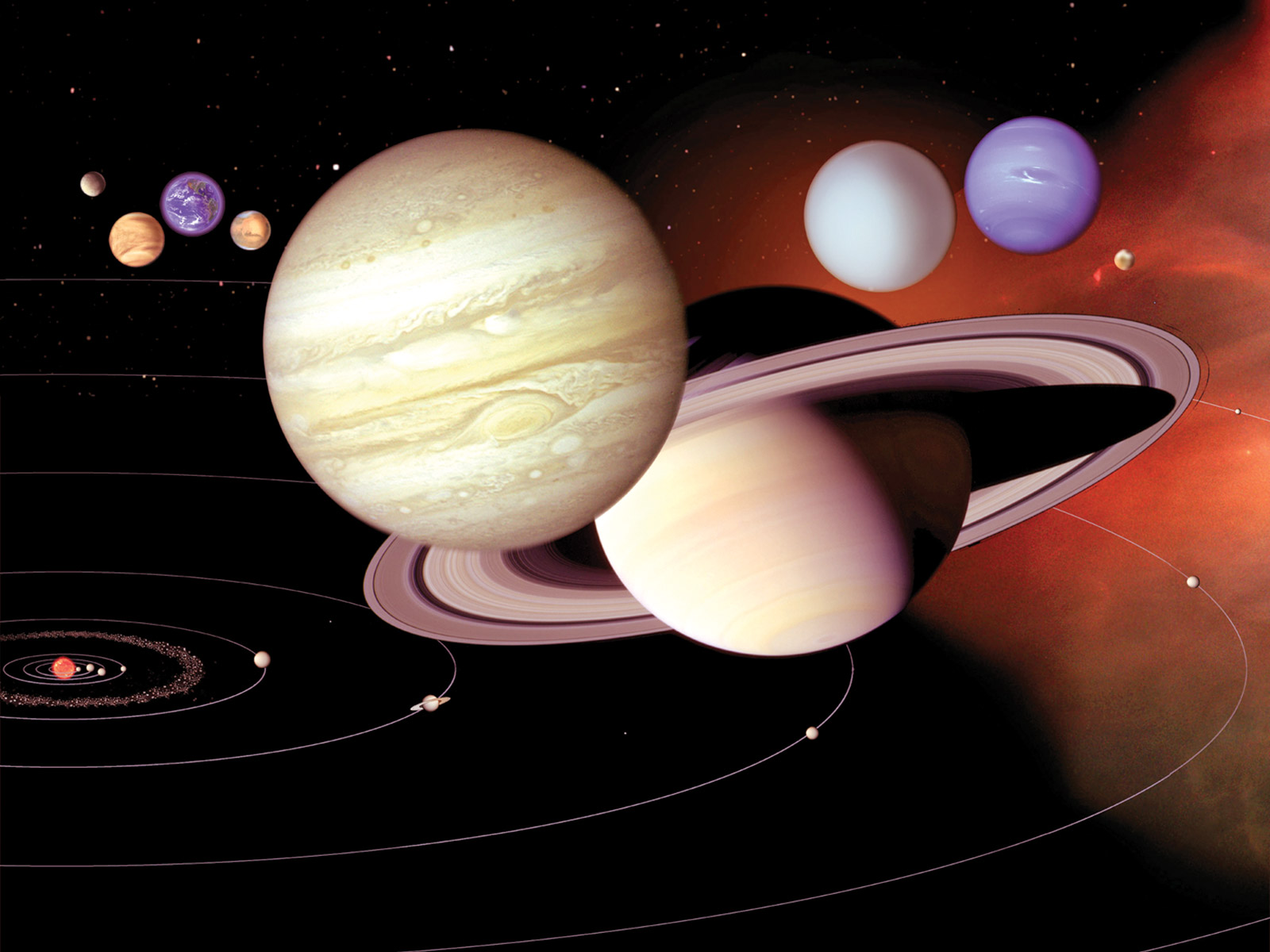Monday’s Lesson: Asking Big Questions about Our Solar System
“The diversity of the phenomena of nature is so great, and the treasures hidden in the heavens so rich, precisely in order that the human mind shall never be lacking in fresh nourishment.”
— Johannes Kepler,
17th century astronomer
Middle school students are fascinated by the solar system. It evokes big questions about the sky, the planets, and the earth’s place in it. Help your students uncover the link between the math and the science with “Our Solar System,” which uses NetLogo models to explore the orbital periods of the six inner planets.
Students collect experimental data with the models and formulate a relationship between the radius of a planet’s orbit and its period. The goal of the activity is not only to have students verify Kepler’s Third Law, but also to engage them in scientific discussion.
But when students are glued to their computer screens watching virtual orbits zip around a model sun, how can you promote deep discussion? Whether they’re working alone, in a group, or as a whole class, it is important to provide discussion questions before, during, and after they use the activity.
Questions are embedded throughout the Solar System online activity. Use the following classroom questions to spark additional discussion and make the activities more meaningful to students.
Set the stage. Prepare students for undertaking the scientific process with interactive, digital models. They should have an open mind and be ready to engage the model with their own questions and to take measurements. Before students run the activity, ask: Do all planets in our solar system take the same amount of time to orbit the sun? (Answer: No. Each planet has a different path and distance from the sun.)
How does size and distance from the sun influence the path of a planet? (Answer: Size doesn’t matter, but distance from the sun does, which may be intriguing to students. Surprisingly, a baseball placed in the earth’s orbit and given the same velocity as the earth would follow the same path around the sun.)
Ask questions that require evidence. Students should be making predictions and collecting data as they work with models. While they’re using the activity, ask: How do “earth years” compare to other “planet years”? (Answer: They vary by the distance a planet is away from the sun.) Is it possible to determine the speed at which each planet is moving? If so, how?
(Answer: Yes. Calculate the circumference of the orbit, find the radius in astronomical units, and then determine the speed in astronomical units per earth year. Students may be surprised to learn that outer planets are traveling slower and they are much, much further away from the sun.)
Wrap up. At the conclusion of the activity, students should review their data and explain trends. Ask: Why do you think it takes longer to rotate around the sun the further away the planet is? (Answer: The distance travelled is much greater and, surprisingly perhaps, the outer planets have slower speeds than the inner ones. Mercury is the fastest. The model is based on gravitational forces and Newton’s Laws of Motion, but Kepler was not aware of these.)
Do you think that other astronomical objects outside the solar system exhibit orbital motion? Do you think that Kepler’s Laws could be applied to these objects? (The answer to both questions is yes. As long as the attractive force is gravitational toward a single central body, the object will follow an elliptical path and Kepler’s Laws apply.)
Point out that the simulation is not just a movie or videogame. It uses Newton’s Law of Gravitation and the planets’ measured orbital radii to determine their speeds, so it’s a genuine test of whether gravitational forces can actually explain Kepler’s results.
Sorry — Activity Discontinued
The Our Solar System activity has been discontinued, but if you’re looking for more great activities that nourish the mind, visit our STEM Resource Finder and search by grade or subject for inquiry-based, interactive activities using probes and models.
Carolyn Staudt (cstaudt@concord.org) co-directs the Concord Consortium Collection project.
Ed Hazzard (ehazzard@concord.org) is a senior science curriculum developer.
This material is based upon work supported by the National Science Foundation under grant DUE-1044263. Any opinions, findings, and conclusions or recommendations expressed in this material are those of the author(s) and do not necessarily reflect the views of the National Science Foundation.

